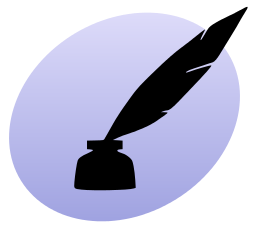 I’ve always written by the seat of my pants and been very proud of my status as a Pantser. This apporach, however, has often left me floundering with novels stalled and half-finished around the 25 000 word mark. I swore I’d never be a plotter, never stifle my creativity with a plan…but then things changed…
I’ve always written by the seat of my pants and been very proud of my status as a Pantser. This apporach, however, has often left me floundering with novels stalled and half-finished around the 25 000 word mark. I swore I’d never be a plotter, never stifle my creativity with a plan…but then things changed…
I owe a resounding thank you to Janice Hardy for posting some truly fantastic articles about plotting, how to get through the muddy middle and create an outline that doesn’t undermine creativity. Although my transformation from Pantser to Plotter is still a WIP, here’s my story so far:
1) Past Process: In the past, my writing process has been a – get an idea, b – decide on a character and POV, c – start writing and hope the plot works itself out as I go along.
There are many problems with this approach. My biggest issue was that without knowing the trajectory of my story, I often started in the wrong place. This method resulted in many rewrites and sometimes scrapping entire chapters. Yes, it was creative and at times enjoyable, but it was mostly frustrating and time consuming.
2) Jotting down an Outline: I’d work through scenes in my head before writing. The scenes inevitably went smoother and faster. Then, I’d jot down the main plot points of the following scene before ending my writing for the day.
This method was incredibly helpful as I maintained the thread of what was happening and was able to substantially increase my daily word count. The problem with this though is when the plot points for the next scene just aren’t there, when I write myself into a corner and have no idea what happens next because I only saw one scene ahead.
3) General Story Trajectory: For Daughter of the Nether, a current ABNA semi-finalist, I had the story trajectory down on paper. I knew what the inciting incident was, knew what it would take to achieve the goal and roughly how it would end. The rest I filled in as I wrote.
This worked fantastically! I wrote the novel in a month. Scenes flowed, storylines were interwoven and characters even developed. I had a winning method or so I thought. My method still could’ve been better. If I had actually done a proper outline perhaps i wouldn’t need to have rewritten the entire book changing the opening chapter completely to tie in with later character development.
4) Plotting and Outlining: This is where I am right now. I’m trying the Excel spreadsheet version. I list my chapters, break them down into scenes and describe the action and purpose of each. I’m learning a lot about my story and about my characters. I’m actually enjoying the process. It’s facilitating my creativity, not stifling it.
Using an outline is also taking me much longer to write the book. I’ve written all of chapter one in the same time it took me to write twenty chapters of Daughter of the Nether. That said, I think this might just be a much stronger book, a richer world with better developed characters. I think.
The point is that even a happy Pantser can use plotting techniques to enrich the writing experience. Despite my scenes being outlined, I still find myself deviating when it comes to the actual writing and that’s ok. I go where the characters take me and adjust my outline accordingly instead of trying to force my characters into the outline I created. My characters choose their own path and that makes the writing process exciting. No, plotting doesn’t mean writing becomes boring. Writing becomes more exciting because I have a better idea of where I’m going.
So, are you a Pantser or a Plotter or something in between?


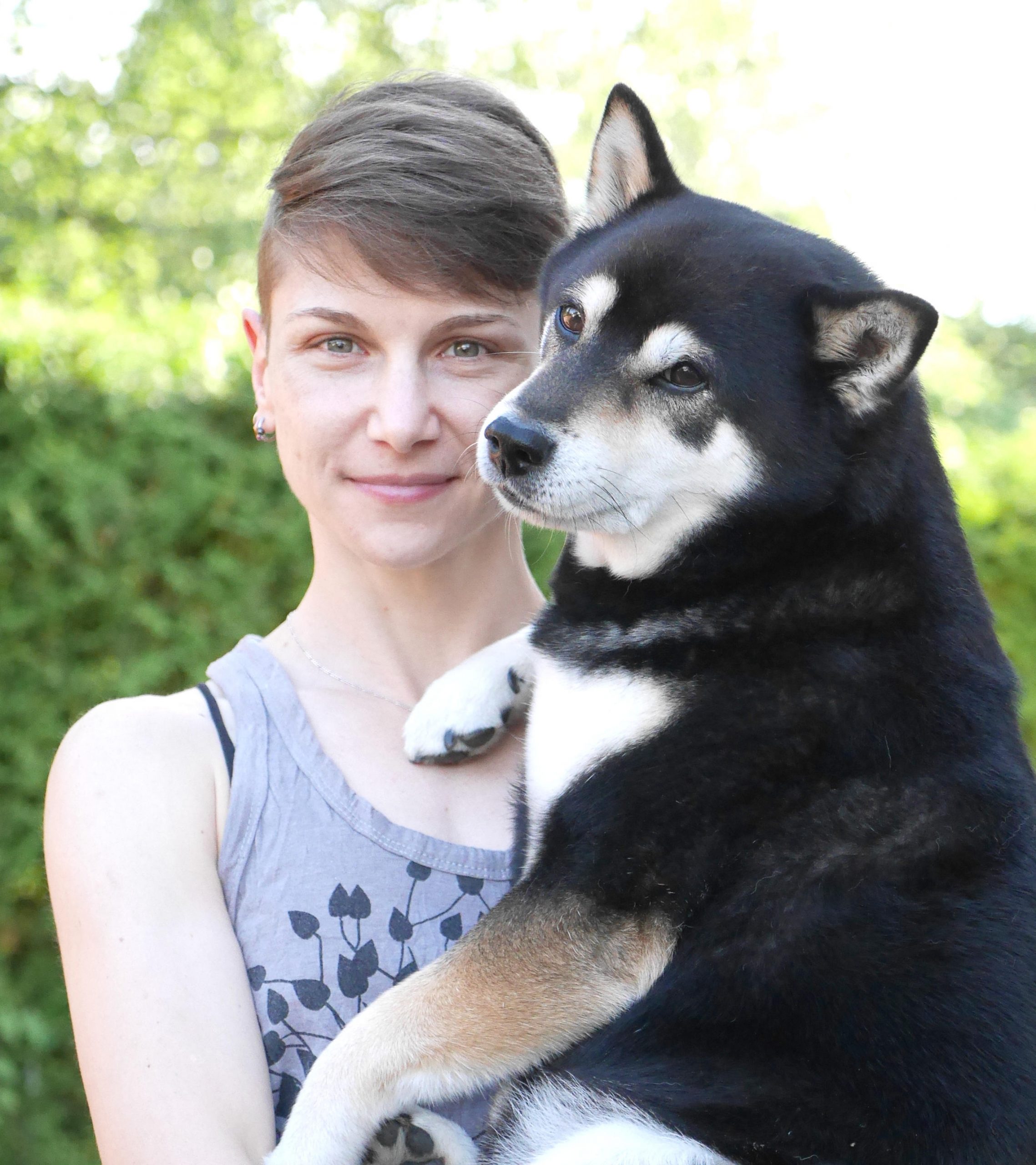

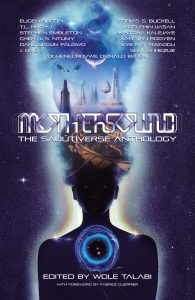
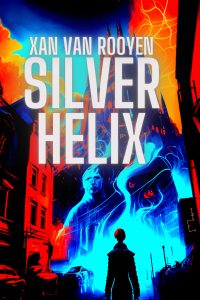
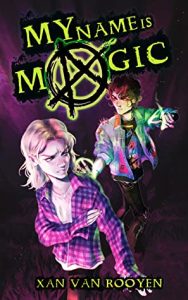
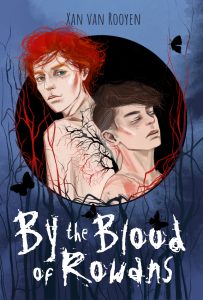

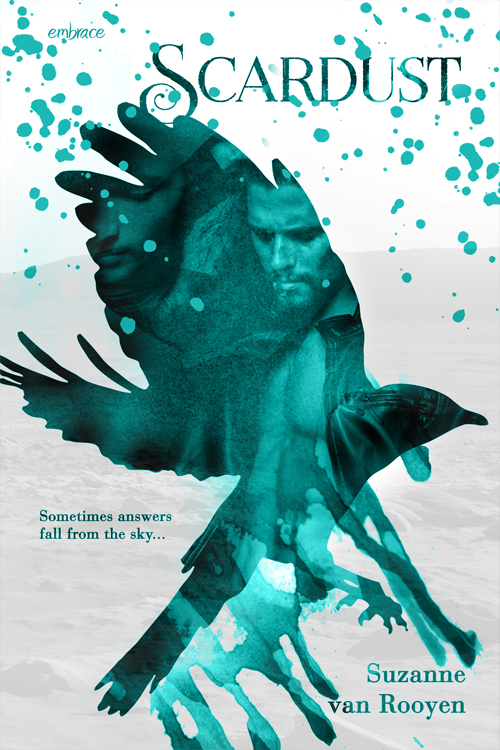
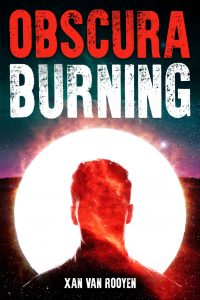
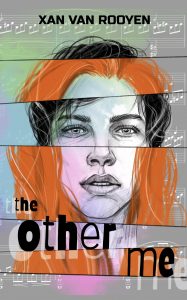

Pingback: Suzanne van Rooyen » Blog Archive » How I Lost the Plot…and found it again()